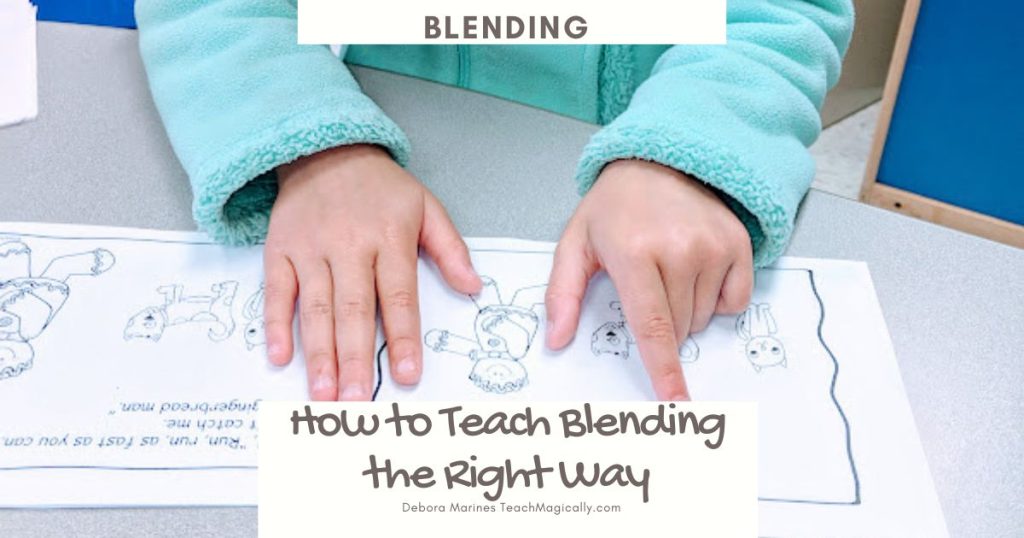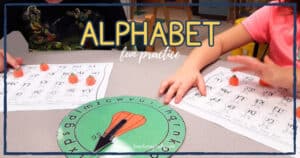The best way to teach blending for beginning readers, kindergarten students or students with memory issues is something called successive blending or you may have heard it called cumulative blending.
What is successive blending?
When using successive blending, children say the first two sounds in a word and immediately blend those two sounds together. Then, they say the third sound and immediately blend that sound with the first two blended sounds.
Successive blending is less taxing on short term memory.
- The reader looks at the first letter and says /h/.
- The reader looks at the next letter and says /i/.
- The reader blends the first two sounds together and says /hi/
- The reader repeats /hi/, looks at the last letter and says /t/
- The reader blends /hi/ and /t/ together to make “hit”
Why do successive blending?
Successive blending is less demanding on working memory and helps students blend words accurately.
When decoding an unknown word like “hit”, students might be able to identify the individual sounds as /h/…/i/…/t/. However, because they see these sounds as random, students are relying completely on his working memory to recall the sounds in sequence.
Mistakes happen in various ways. For example,
- hit could be read as (it),
- sounds are left out,
- additional sounds are added (hist),
- sounds could be out of sequence sequence (tip).
When you see mistakes like these with beginning readers, try successive blending. It works!
Check out blending and segmenting skills:
Blending Made Easy
Blending with Popsicles
Segmenting Snowmen
❤Debora from Teach Magically






